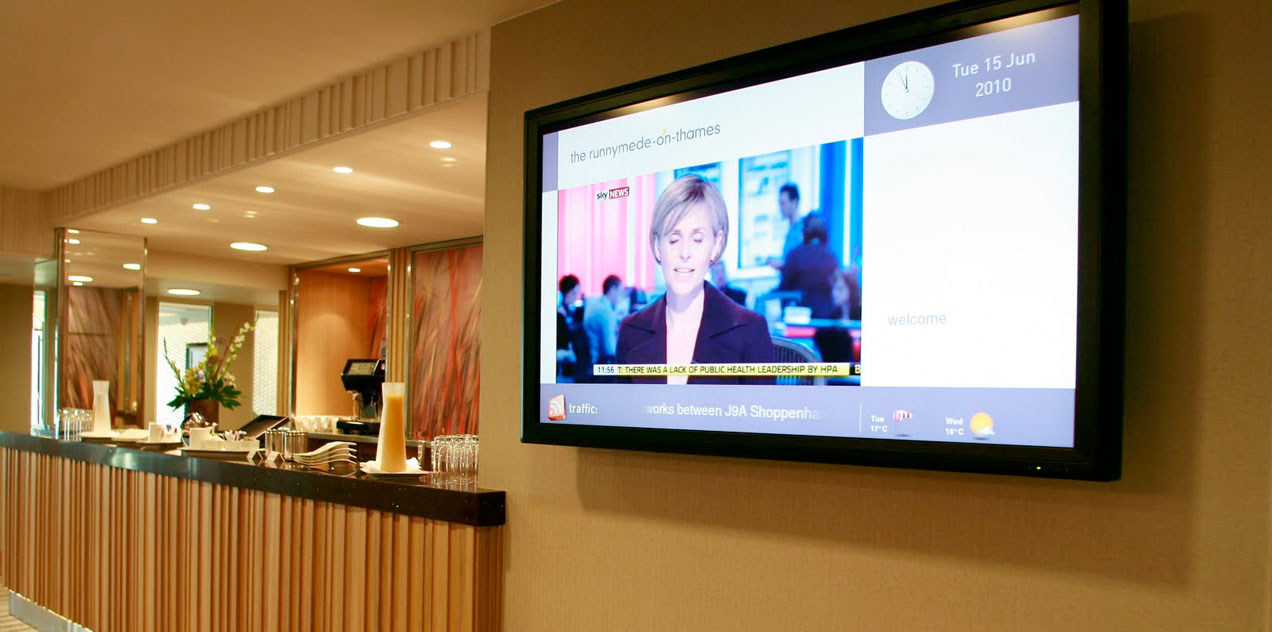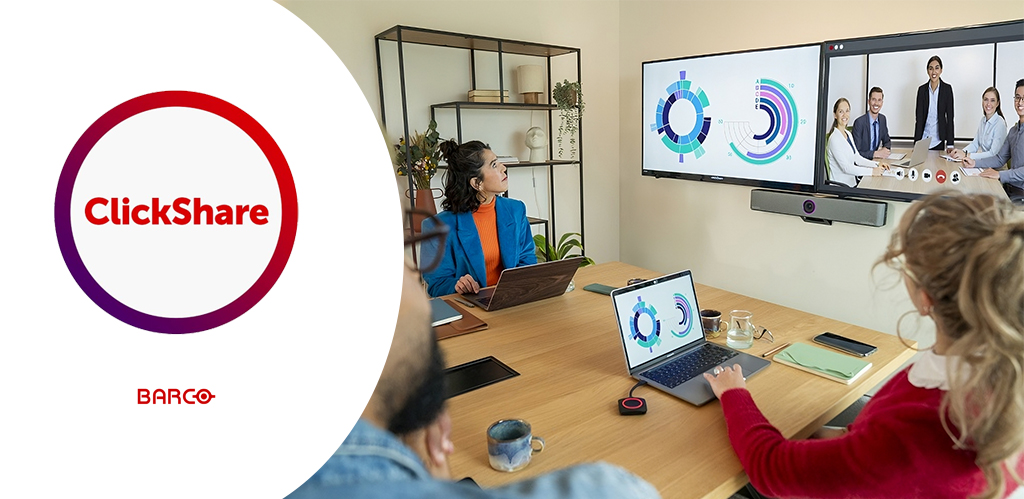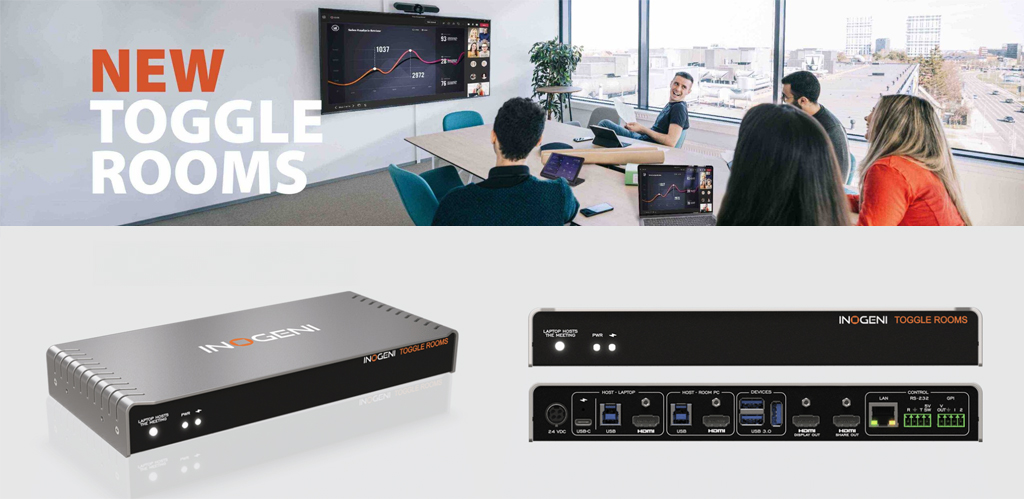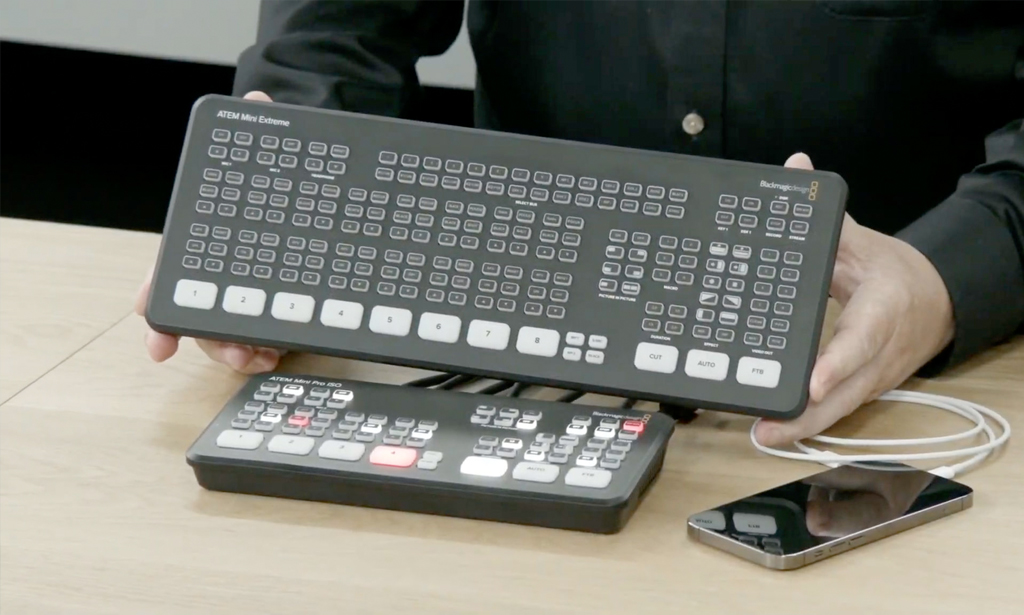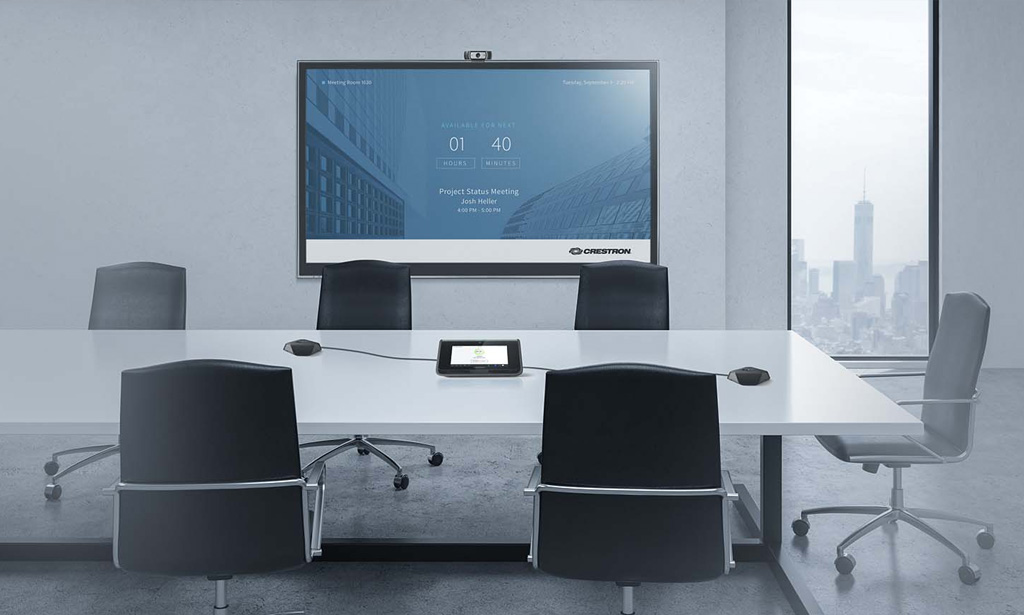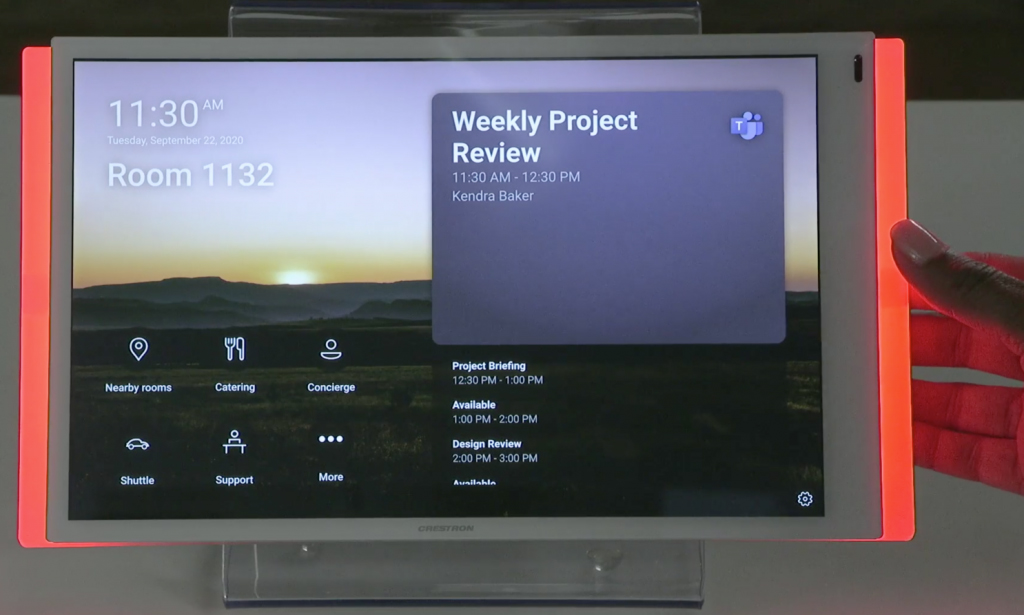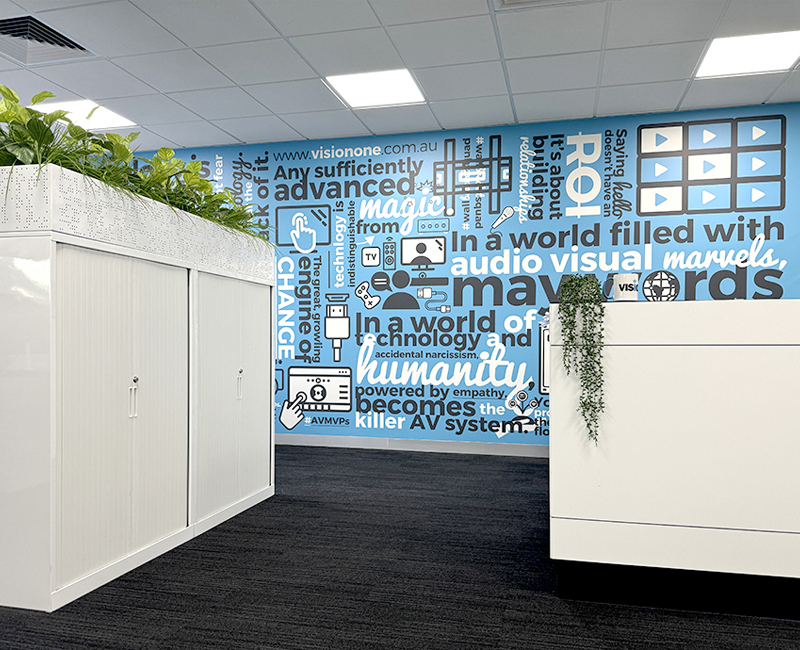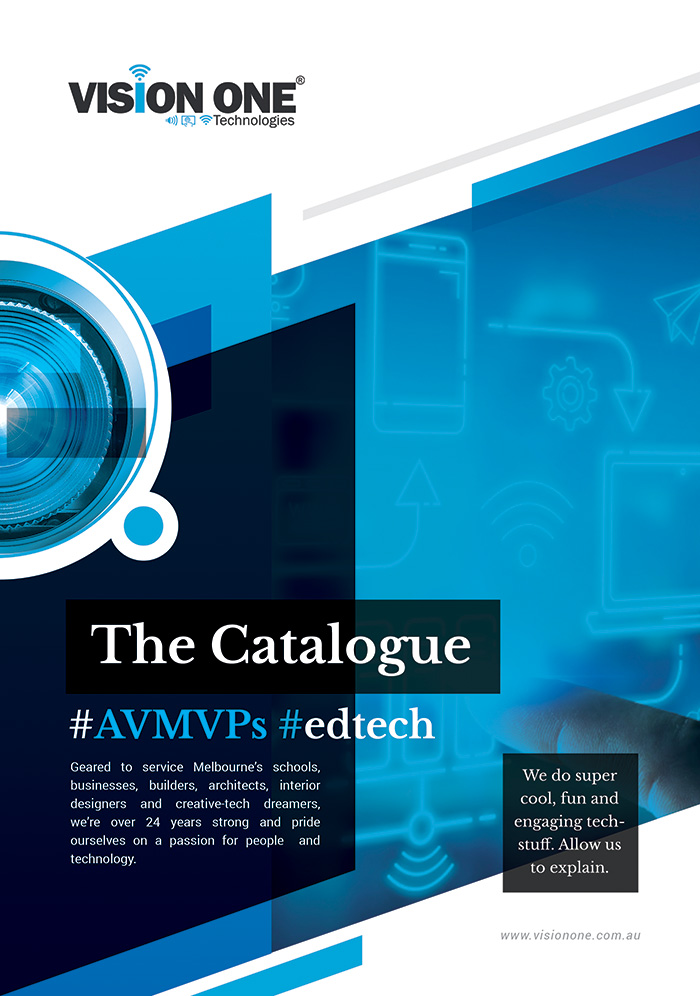Over the last few months Berg Insight has been looking closely at the market for Digital Signage. This is a category of connected devices that each one of us is in contact with almost daily and includes a broad range of solutions as diverse as traffic signs, menu boards and in-flight entertainment displays. The first connected digital signage solutions were commercially launched almost three decades ago. Since then, digital signage solutions have found their way into nearly every possible vertical market and a wide variety of application areas. The untapped market potential is still vast and growth is showing no signs of slowing down. Berg Insight forecasts that global shipments of display screens for digital signage will grow from 7.3 million units in 2014 at a compound annual growth rate (CAGR) of 18.7 percent to reach 17.2 million units by 2019. The number of digital signage displays in active use will at the same time grow at a CAGR of 20.2 percent during the next five years from 25.4 million units in 2014 to 63.8 million units in 2019.
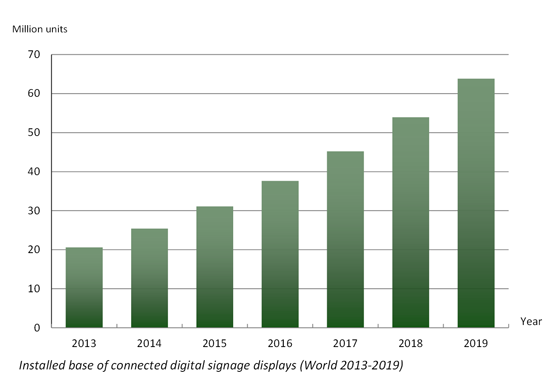
One of the most exciting new growth opportunities for the digital signage industry during the next decade is targeted delivery of marketing content, i.e. displaying the most relevant marketing messages to the people closest to a specific digital sign. This concept has been discussed in the industry for years. However, targeted content delivery has thus far largely stayed in the experimental phase, in part due to that the targeting mechanisms generally have relied on imprecise technologies such as facial recognition software to estimate variables such as age and gender. Consequently, while retailers and brands have adopted digital signs of all forms and sizes, the marketing messages that are displayed are still today in most cases the same regardless of who is watching.
The opportunity for targeted content delivery on digital signs has evolved substantially in the last couple of years, due to the proliferation of smartphones and the advances that have been made in indoor location sensing solutions. In particular, Bluetooth beacons and NFC make very precise real-time positioning possible and widespread rollout of these technologies at retailers is imminent. Bluetooth beacons are for instance being integrated in lighting fixtures, electronic shelf labels and POS terminals. When the digital signage system is integrated with other IT systems – such as a customer loyalty program or a mobile wallet service – retailers and brands have the opportunity to deliver targeted content based on a broad range of parameters. In other words, the adverts that are displayed on digital signs in consumer electronics stores, supermarkets or department stores can be selected to match the profile of the persons located nearest to a specific screen with unprecedented accuracy. Berg Insight anticipates that this will be one of the key underlying factors that will propel digital signage to become one of the major platforms for digital marketing in the next ten years.
